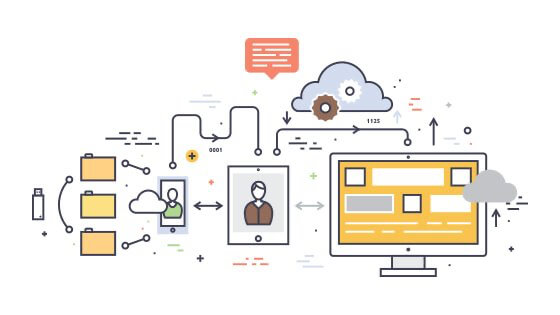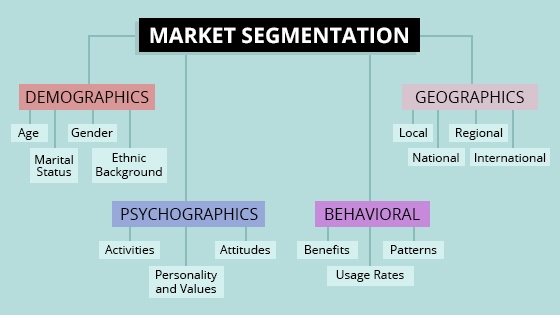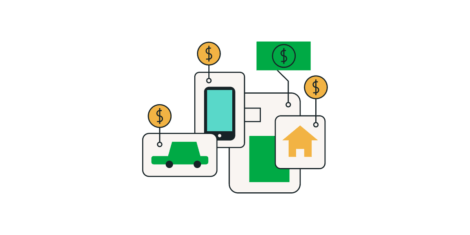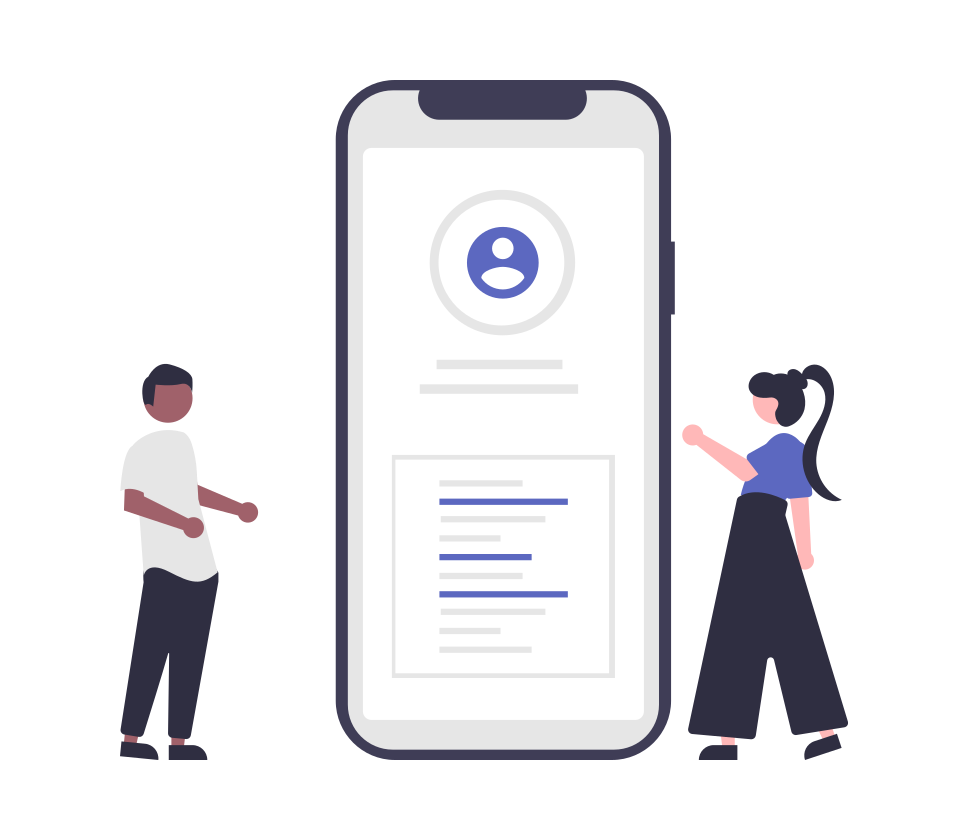How easy it is to pacify a crying child just by giving the kid what he is asking for. Think of your customers like children who won’t settle for anything lesser than what they want. Just like any kid, customers also immediately trust and love a company that understands their needs, gives them what they want easily and is always there when they need them.
Customers won’t always voice their needs and that’s where we need to anticipate their needs. The anticipation of their needs requires customer understanding. That’s where customer intelligence steps in. Customer intelligence is the process of collecting data, extracting meaningful insights by analyzing their data, segmenting the customers according to the insights and creating marketing strategies that target those segments separately.
When you anticipate customer needs, you are able to build a good relationship with your customers and here’s how you can master customer intelligence by mastering each of the following four steps.
Data collection

Data is to this century what oil was to the previous one. In today’s technology-driven world, companies have more data as compared to the time when technology wasn’t that advanced. There are many ways of collecting customer data.
The most common of the ways used to collect data digitally are through common form submissions, complaints of customers, customer inquiries, reward programs for customers, surveys on customer satisfaction level, questionnaires on what they loved about your product/service and what they didn’t, customer feedback for on business and service improvement areas, contest giveaways that offer a decent prize and offers for free stuff (i.e. offer a free trial or a free eBook).
The thing to be considered while creating forms that ask for valuable customer data is that you must not ask for information that is not necessary for the reason behind the form creation i.e. you don’t need to know the number of employees in the company a user works in to give him a free eBook. Form creation is thus not as easy as it seems.
Content used in data collection techniques should be meaningful and warm. If your words don’t show that you care for your customers, according to the customer, you probably don’t.
Instead of asking ‘What went wrong?’, ask this – ‘What exactly did we do that didn’t stand up to your standards?’.
Notice the way the question is framed. You’re putting your customers in a good position by telling them about their high standards and that they wouldn’t accept bad quality services/products. And then, unlike most of the robotic companies out there, you are showing them that as a human, you can make mistakes. After that, you are even ready to learn about your mistake and ways to correct it.
Need a data collection solution? Get pop-ups, banners, forms, and much more on one conversion platform! – Try Justuno for WordPress here.
Meaningful insights
Like I mentioned above, mastering customer intelligence requires a strong understanding of individual customers. You can gain a lot of meaningful insights by putting together the information you get from analyzing customer behavior and from the data collected using the above-mentioned ways.
Name and Contact details let you connect with the customer on a better note in an easy and personalized way. The purchase history of a buyer will give insight about buyer preferences and the timeline of purchases. Keeping a communication record will help you understand the buyer and his pain areas better. The profile of a buyer is something that gives you a clearer picture of a buyer and that lets you communicate with the buyers on a whole new level.
Complaints from an individual customer will help you know the pain point of that particular customer. For example, let’s say Will works at a restaurant and he has a regular customer, Jane, who comes into the restaurant every now and then. The first time Will served her a dish, she found it to be too spicy and quite obviously, Will got to know that Jane is not much of a spice lover. So, he kept this in mind and from then on, every time she turned up, he always made sure that the dishes he served Jane weren’t spicy.
These are the kind of insights you gain from customer complaints. You get to know what is more important to an individual customer.
Another good example would be Google Ads where you’re asked for the reason of not wanting to see a particular ad. The answer that you choose from the four options that are given are analyzed to know your preferences better.
Questionnaires regarding services are always great because meaningful questions will help you collect better data. A question like ’Did you like our service’ would do well only if it is followed by a question ‘In which part of the service did we not stand up to your expectations?’. You need to ask questions in a way that the customer feels important and wanted. If the initial question if not followed by the latter one, the customer sees your lack of interest in knowing what exactly it was that you didn’t do great.
You might also have come across various forms where you would have asked to rate a specific service. And you must always ask the ‘why’ question if the rating is anything less than or equal to 4/5.
Customer segmentation
Setting your customers apart i.e. customer segmentation is very important because different people respond to a marketing strategy differently. It is generally based on market demand, user preferences, and past user behavior. What you must keep in mind while segmenting customer data are three major things:
- What they need
- When they need
- Where they need
Let’s say you own an email template production agency that caters to two different types of customers i.e.:
- End clients
- Marketing agencies that work for end clients

These two types of customers can be further divided by their geo-location, their preferences, and their financial grounds, the age group of their end clients (the emails that you design and code for your target audience would be used to target their end clients) and so on.
When your business caters to a wider audience, customers of different age groups, customers of different genders, customers of different financial backgrounds, customers from different locations and so on are targeted. Using the same marketing strategy for all segments of customers would not grab the attention of customers because different things please different categories of people.
And the easiest way to customer segmentation is creating detailed buyer personas. These detailed buyer personas also help out in creating targeted marketing strategies.
Targeted marketing strategy

The buyer persona would come in handy while creating marketing strategies because you would need the unique factor of each buyer persona to create a unique and targeted marketing strategy.
Like mentioned above, let’s say you own an email template production agency. And about a month before Independence Day, you start to receive the workflow for Independence Day email template production. How did you manage to get the workflow? You get the workflow because you had created a marketing strategy only created a marketing strategy that targeted your customers in USA.
Why did you create a targeted marketing strategy? You did so because you know that the Independence Day email templates would be in demand from your customers that cater to the USA audience. You could target the customers catering to UK with a different marketing strategy since they don’t celebrate Independence Day. This way you would be able to target the UK customers with a marketing strategy that befits them.
This is how targeted marketing strategy works.
Conclusion
Customers, as we know and have experienced, are picky and really hard to get on the good side of. But once you cater to their needs, it’s not that hard to build a good relationship with them. But to get to know them better, merely collecting a huge amount of data won’t suffice.
Customer Intelligence is not about quantity as much as it is about quality. And that’s why you need to get meaningful insights from your customer data to do corresponding customer segmentation and then implement a targeted marketing strategy. Everything might seem like a head-scratching task right now. But Customer Intelligence done right is the only way to revenue growth.




